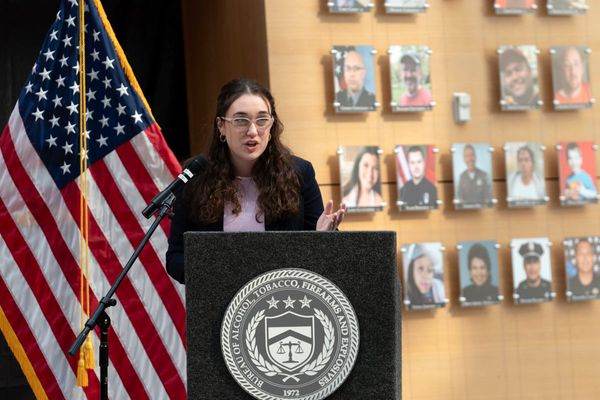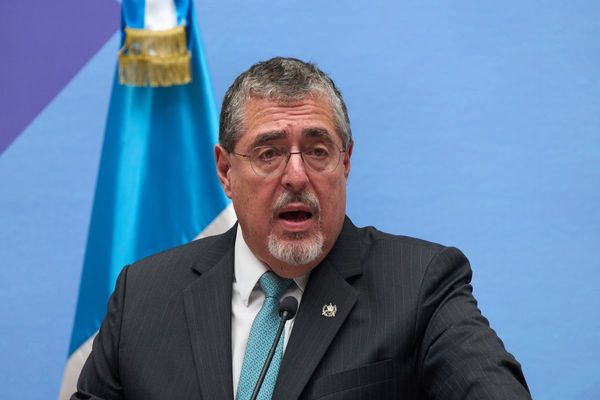The defeat of the Ashok Gehlot government in Rajasthan in the recently concluded Assembly election despite its many ambitious welfare measures has posed a question over the reach and effect of its schemes. The Lokniti-CSDS survey sought to explore this issue.
Among the welfare schemes in Rajasthan, almost six out of every 10 voters (58%) reaped the benefits of the Chiranjeevi Swasthya Bima Yojana, which offers free health cover of ₹25 lakh. This scheme witnessed broad outreach, particularly among the Scheduled Castes or SCs (69%), Muslims (62%), and those from the most vulnerable economic sections (61%). Another notable welfare initiative, the Indira Gandhi Shahri Rojgar Yojana, benefitted one in four urban voters (26%), with Muslims (48%) and those from underprivileged economic sections (45%) forming the majority of recipients.
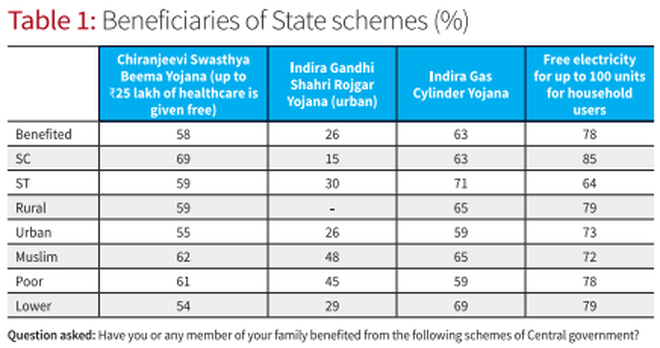
The Indira Gandhi Cylinder Yojana, which subsidises the cost of LPG cylinders, proved beneficial for nearly two in every three voters (63%). The largest proportion of beneficiaries included Scheduled Tribes or STs (71%), Muslims (65%), and those from lower economic classes (69%). The scheme providing free electricity up to 100 units per household was availed by almost four in every five voters (78%). The primary beneficiaries were from the SC community (85%), from the rural areas, and in the lower economic classes (79% each) (Table 1).
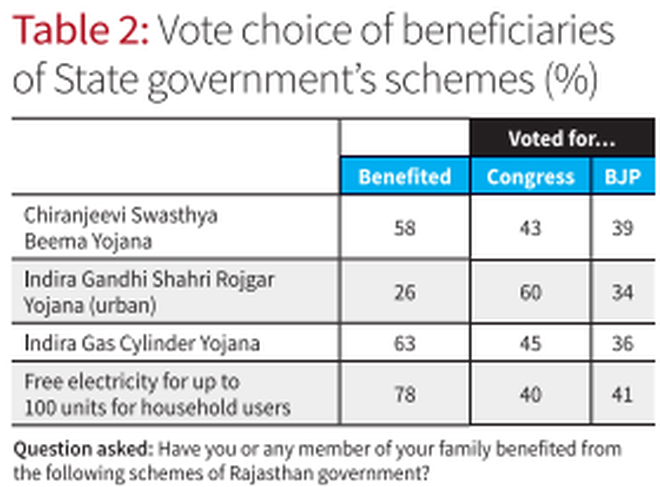
However, only among the beneficiaries of the urban employment scheme and the gas cylinder scheme was the Congress able to secure a decent advantage over the BJP, suggesting that for the Congress government, there was no easy and direct relationship between benefits from welfare schemes and electoral advantage. (Table 2).
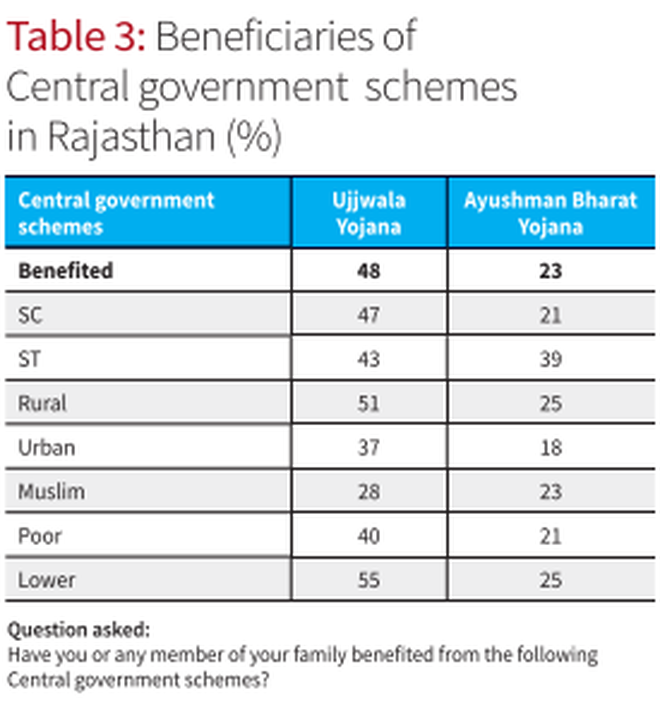
Regarding Central government schemes, the data shows that nearly half of the eligible voters (48%) reaped the benefits of the Ujjwala Yojana while the reach of the health scheme, Ayushman Bharat, was notably lower, with only about one in every four voters (23%) reporting to having benefitted from it (Table 3). Beneficiaries of both of these schemes mainly belonged to less privileged sections: the poor, rural populations, and SCs or STs.
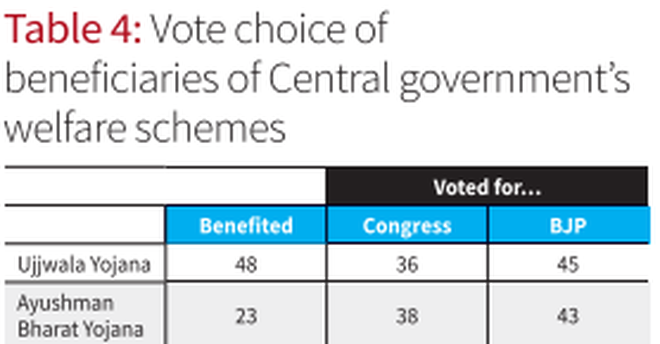
It can be observed that the voters benefiting from Union government’s welfare schemes voted more for the BJP. In the case of beneficiaries of the Ujjwala Yojana, 45% voted for the BJP and 36% voted for the Congress, while among the beneficiaries of the Ayushman Bharat scheme, the BJP maintained a five percentage point lead (Table 4).
Thus, while both Central and State schemes did reach their intended beneficiaries to a reasonable extent, their electoral effect was somewhat variable in the case of the BJP and the Congress. This certainly puts a question mark over the easy assumption that welfare schemes bring votes in a straightforward manner.
(Devesh Kumar is a researcher at Loknti-CSDS and Dr. Lalit Kumawat is the principal of M.A.G College, Fatehnagar, Udaipur, Rajasthan)



